ASUS ROG Astral RTX 5090 OC Edition Graphics Card Review
A Closer Look
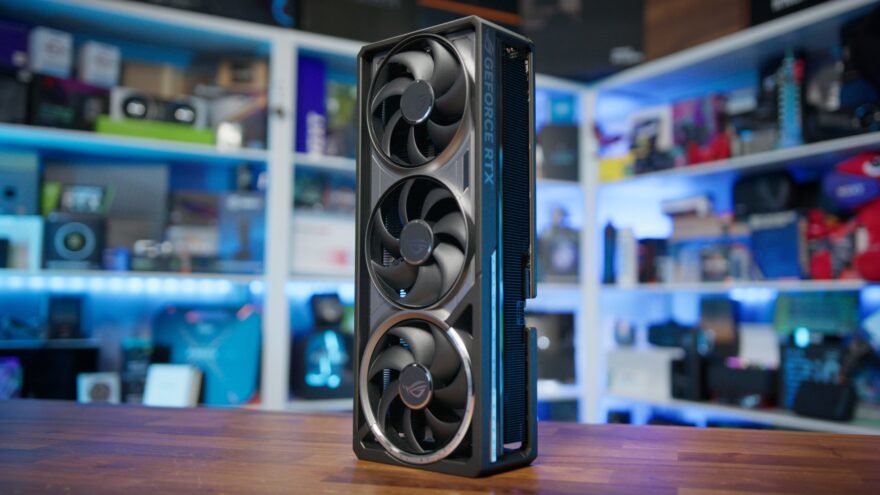
Anyone looking to spend money on a new graphics card, especially when we’re talking about the realms of over $2000, which is where the RTX 5090 is positioned. it has to look good, be functional, and do what you need it to do; anything less just isn’t going to cut it.
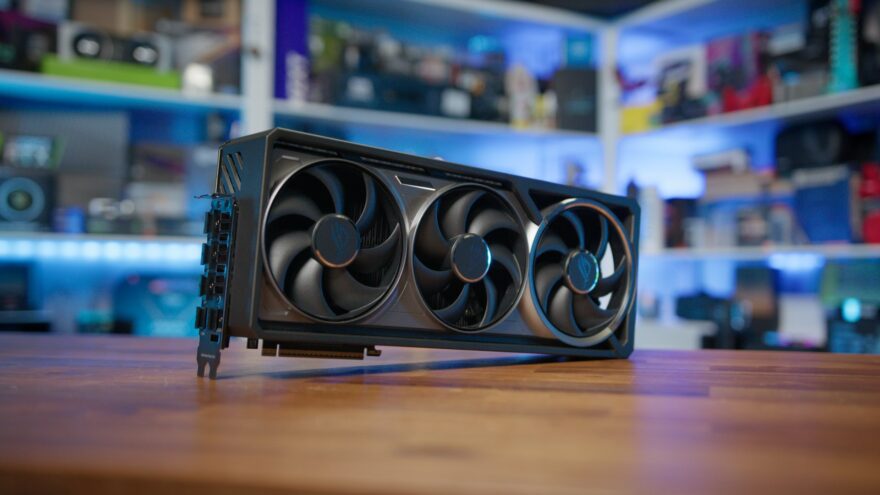
Now one thing that may be a, not cause for concern, but something that should definitely be looked into, is the size of the card. NVIDIA with their FE have made a point of it being dual-slot and being able to be housed inside smaller form factor cases. If that’s what you’re looking for, then I’d advise looking elsewhere, as this card comes in at 357mm long, 149mm tall and 76mm thick, making it a 3.8 slot card and it has some weight to it as well, coming in at over 3000 grams which is a significant step up from the Founders card, at around 1800 grams.
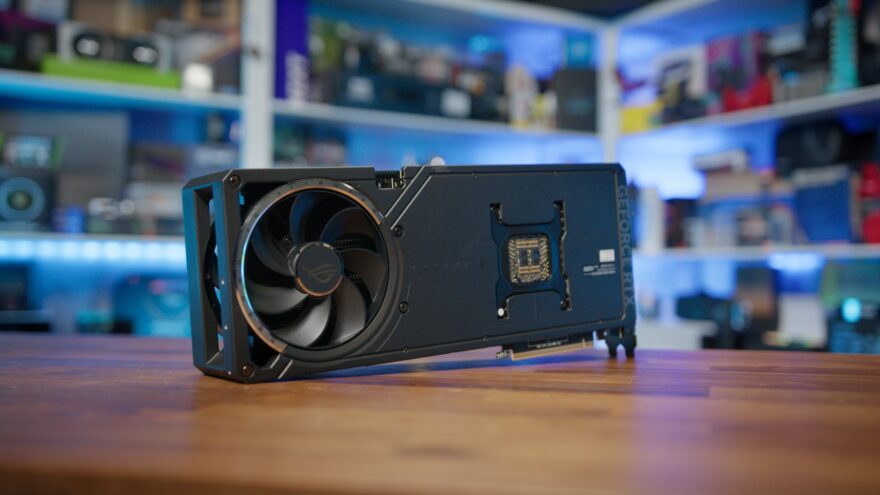
Also for some context, the Astral is the same length and height as the RTX 4090 STRIX, but packs another 7mm in thickness, making it up to that 3.8 slot compared to now what seems a much slimmer 3.5 slot on the STRIX 4090, though more importantly is how it compares to the Founders 5090, which as we know is a 2 slot card.
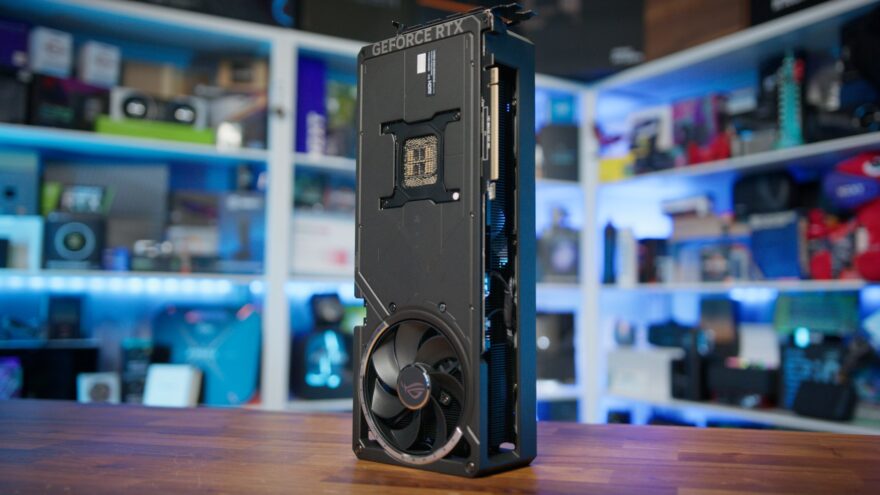
Being so big and heavy, it’s a good thing that it comes with a graphics card holder, though it is just a simple small holder used to prop the card up, and I do feel that maybe with a card of this calibre, that we as consumers, should have maybe got something a little more substantial, though to play devils advocate, I guess you could argue, that due to the structure of the card and the way the cooler is designed, it’s pretty sturdy as one solid piece.
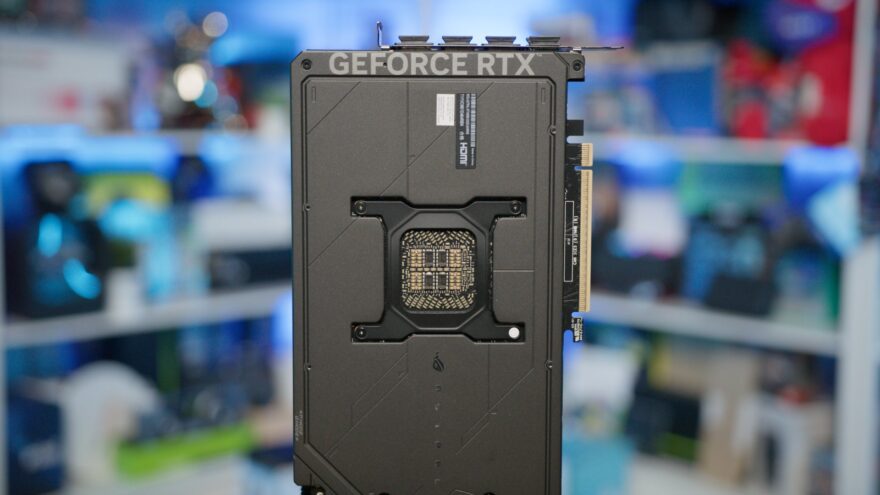
When it comes to the design, it’s definitely a looker, with its industrious but sleek-looking aesthetics and mixed materials that shout premium vibes and sturdy build quality, and that’s something we’ve always expected to see from any ROG product, so the Astral is no different.
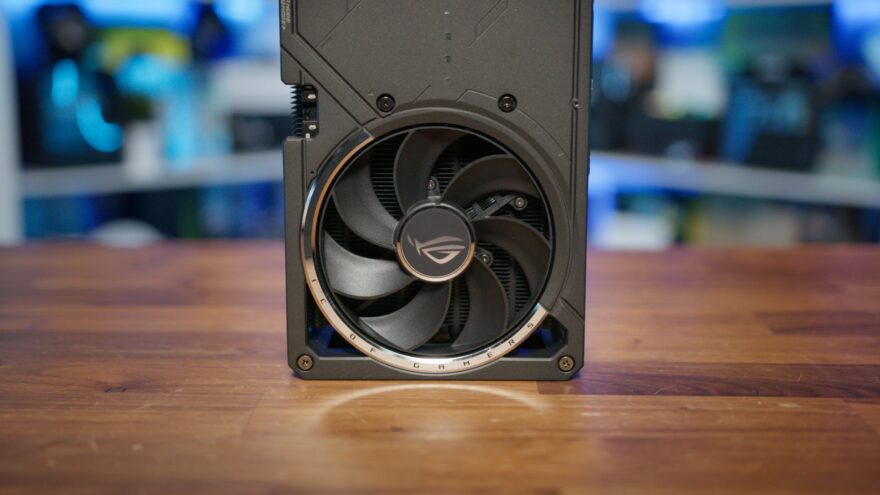
Now of course, it has some unique features including an Aura light bar across the very top, which can be customised to your needs, and two PWM fan headers for additional cooling, as if 4 fans aren’t enough, though jokes aside, this could be handy if you’re chasing for world records, and a dual BIOS switch for those wanting different things from their GPU such as higher performance by sacrificing noise, or quieter operation for lower performance. These aren’t exactly ground-breaking features but are definitely aspects that you’d expect from a high-end, high-tier GPU.









